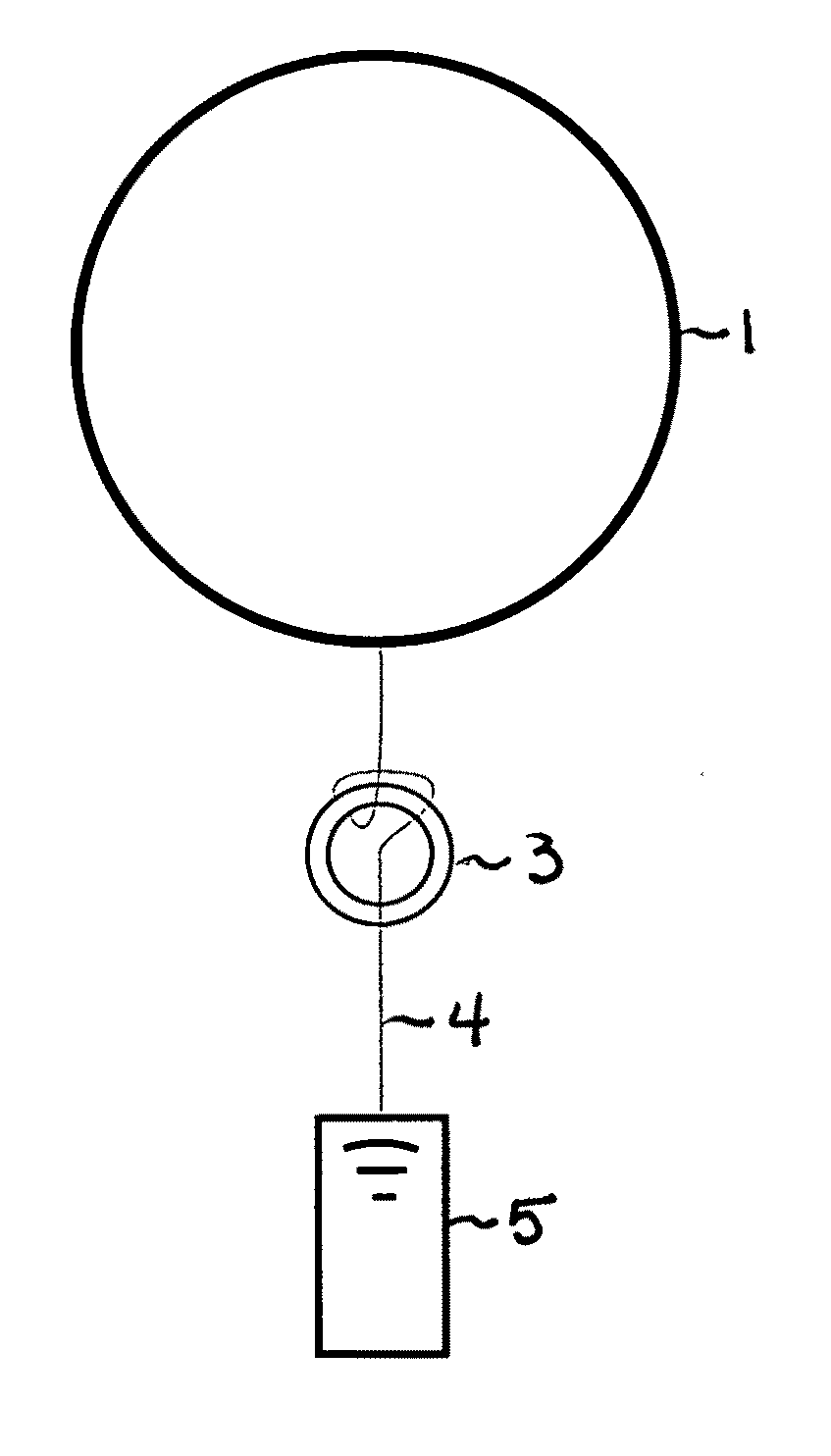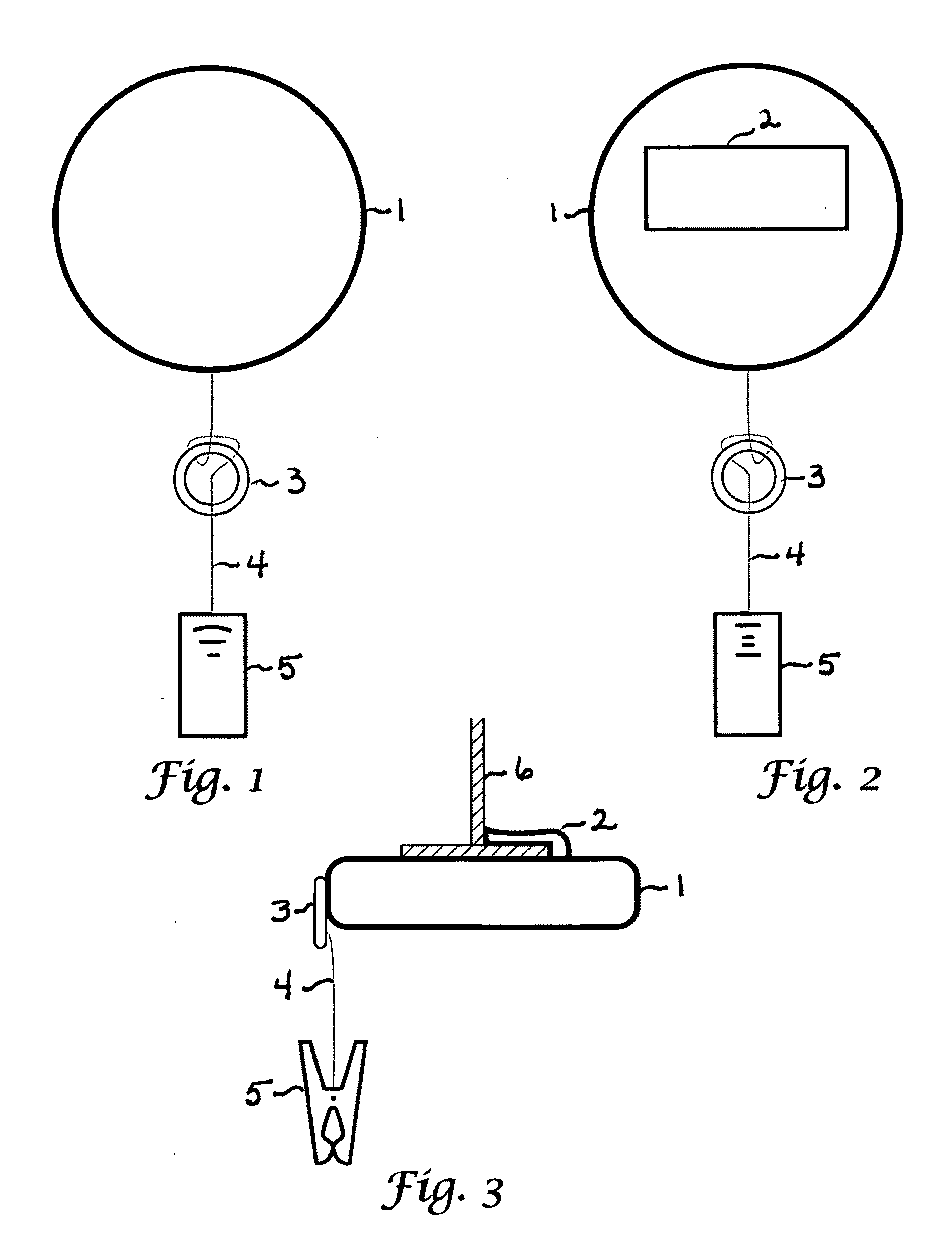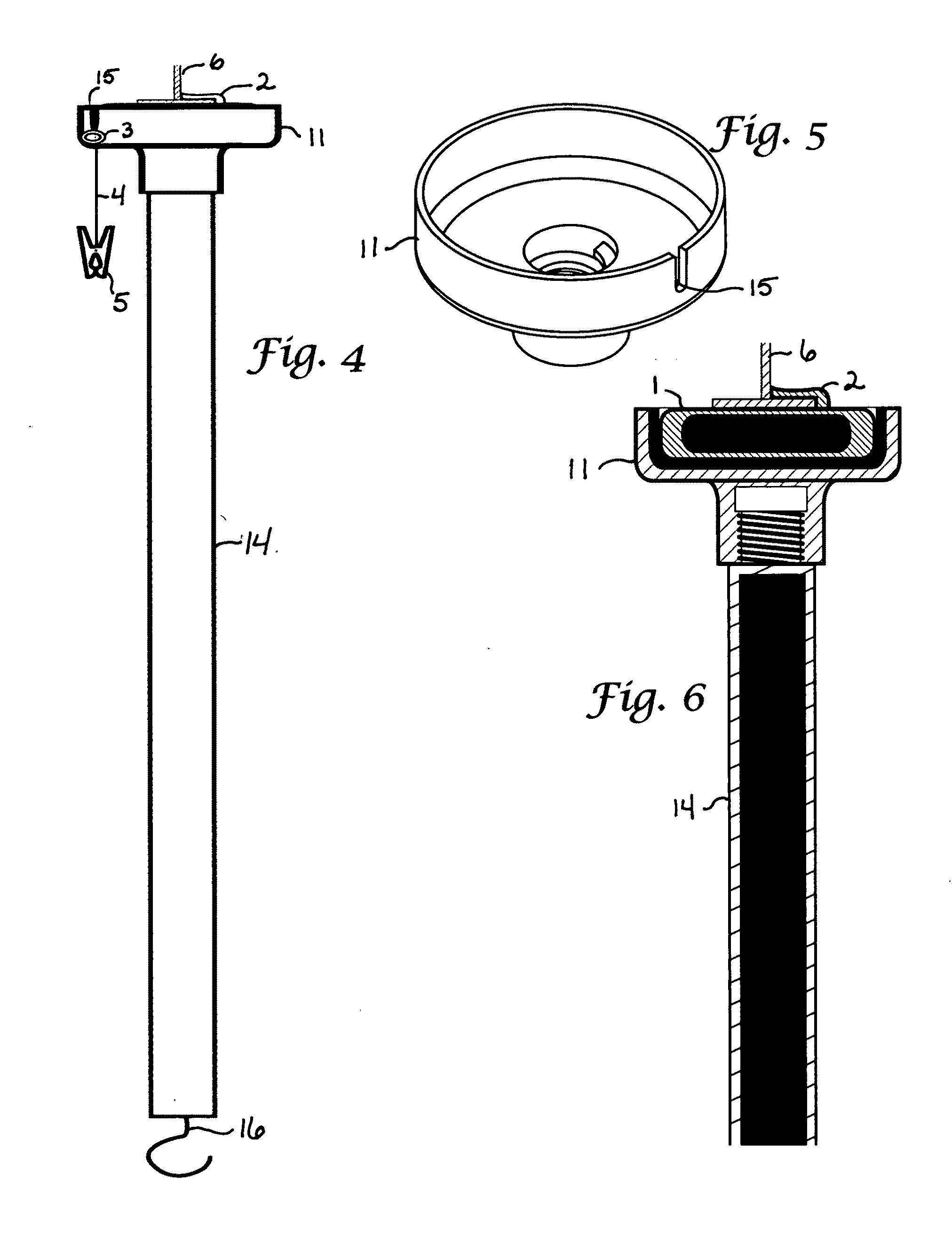Given the difficulty accessing and utilizing ladders in a school environment, teachers often stand on desks to reach ceiling bars or high points on walls, an action too often resulting in injury to teachers or students.
Risk managers of school districts report that “non-ladder” falls, specifically related to teachers standing on desks, remain a significant source of injury to teachers.
Existing hangers that are intended for lightweight use do not offer mounting apparatuses that preclude ladder use, do not allow for easy movement or removal of the hanger, do not offer ease in reaching the mounted hanger, and offer no flexibility in changing the height of the item to be hung.
As such, they are massive, heavy, expensive, difficult to move, and cannot be affixed to the ceiling without the use of a ladder.
Moreover, no patented or commercial hanging apparatuses address the dual problems of making both ceilings and high walls accessible for the teacher or other individuals without the use of a ladder.
Ceiling hangers of many types are currently marketed, but none offer a dynamic
system that presents both ease of installation without the use of ladders, flexibility of placement and removal, retractable linkage, and applicability to both ceiling and wall.
Each of the above cited hangers is deficient since each requires ladders for installation, lacks ease of ceiling attachment or removal, lacks ease in attaching materials to be suspended, lacks ease in adjustability in suspension height of the material to be hung, and lacks utility in wall applications.
Other prior art, while offering a system to assist in hanging items without ladder assistance, does not offer either the simplicity of operation, the retractable cabling, or the adjustability in suspension depth required for low-ceilinged interior application.
These
hooking apparatuses are deficient, however, in that the hooks are fixed to the ceiling, and thereby do not allow the user to attach items or reposition items without the use of a ladder.
Moreover, both hangers and poles are deficient in that they cannot be used for wall applications.
Furthermore, the complicated structure of these systems would be cost-prohibitive for classroom applications.
Moreover, while these inventions employ a tool for raising or lowering the signage, they do not offer a tool for mounting and removing the original hanger from the ceiling.
Additionally, these devices have no adaptability to wall use.
Though these patents employ retracting reels, given that these reels were intended for use at pocket height for badge or key application, the reels are deficient in that they do not have the stop-mechanism employed in the preferred embodiment, do not readily attach to suspended ceilings, do not offer either the ceiling clip used in this system or the cup and pole
assembly.
Consequently, they are not effective for use on ceilings or walls.
This art, intended to suspend heavy weights, relies on a winding take-up reel and
locking mechanism that would not be practical in classroom applications.
Also, this device cannot be affixed to a ceiling without the use of a ladder, is not adaptable to wall applications, and does not offer mobility of placement.
Prior art offers poles that are associated with hanging devices, that raise and lower the hanging apparatus, but which fall short of the design utility of the cup and pole
assembly within this system.
Similarly, U.S. Pat. No. 5,247,725, is applies a scissor-type action on a pole
assembly to compress clips for applications to ceilings, but cannot assist in bringing hangers within reach.
Clearly, while some pole assemblies may be used to apply or remove the hangers and some will assist in bringing the hanger within arm's reach, none can do all of the above, and none are adaptable to wall applications.
These pole assemblies are deficient in that they do not (a) lower the
hooking apparatus to within typical standing reach, (b) easily move the hanger to new locations, (c) easily provide for the hanger's removal, and (d) do not offer adaptations to attach the hanger to both the ceiling and wall.
Prior art found in U.S. Pat. No. 5,870,845 utilizes a motorized system to halt the cable, a system both too expensive and impractical for lightweight use.
None of the prior art offers the simplicity of action as that offered by the cable-stop in the preferred embodiment.
 Login to View More
Login to View More  Login to View More
Login to View More 


